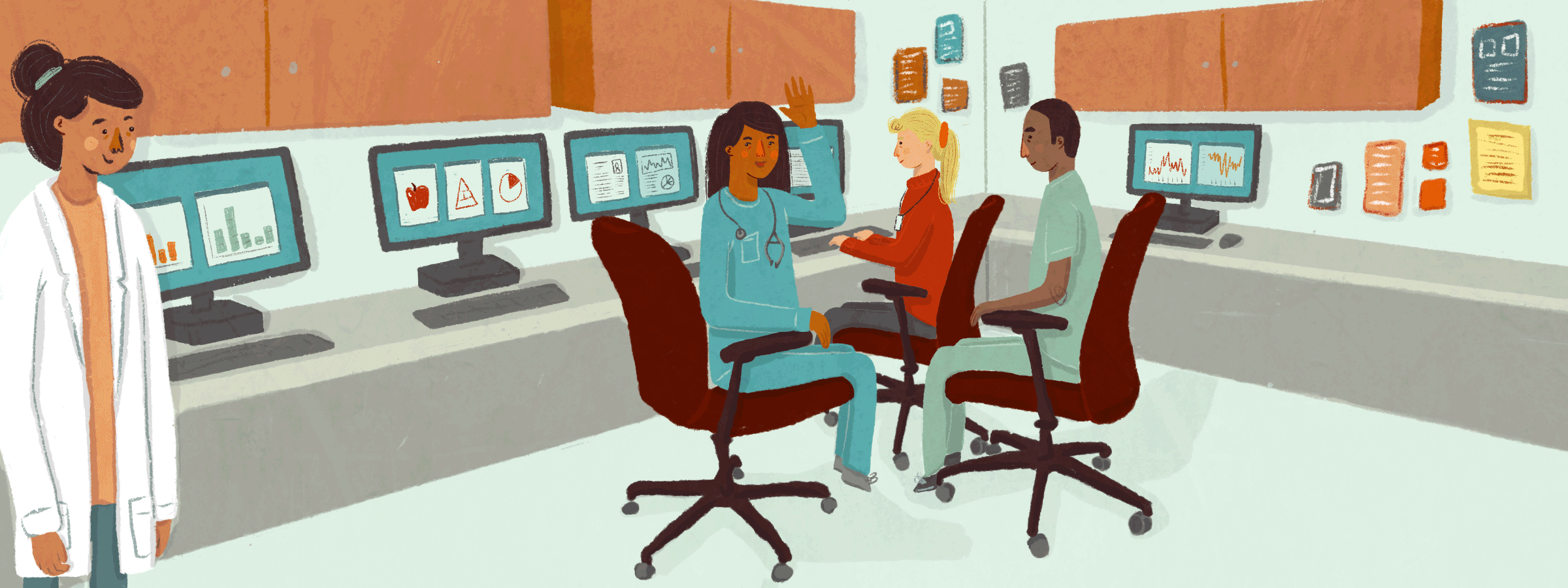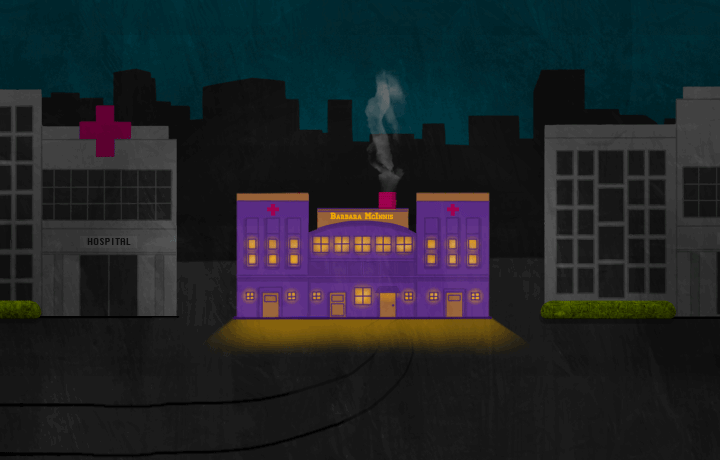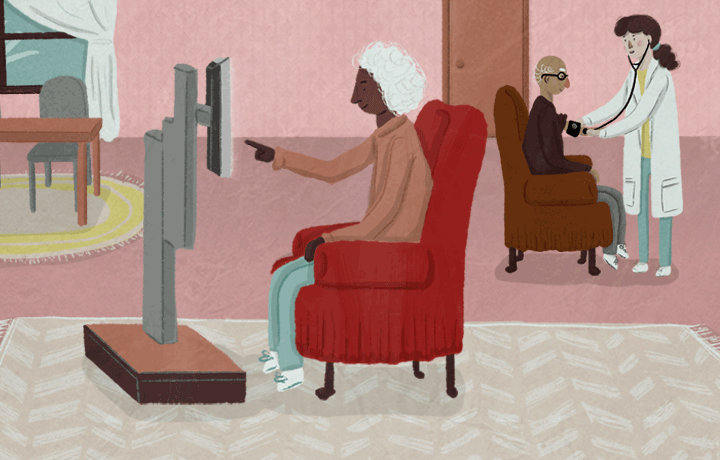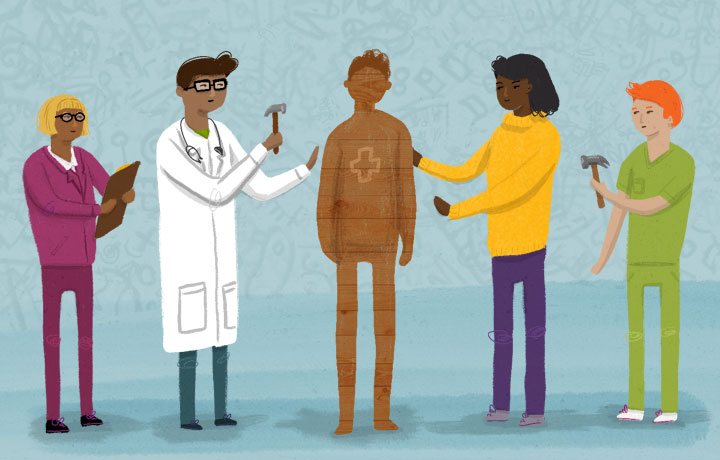Article
3-minute case study: Elbow-to-elbow care coordination
By Lia Novotny | October 24, 2017

What innovations drive success in healthcare? Here's a tactic from a leading health system on the athenahealth network.
The problem
Even at a team-based organization, coordination between physicians, physician assistants (PAs), nurses, medical assistants (MAs), mental health providers, and other members of the healthcare team can be complex.
As Cambridge Health Alliance (CHA), the community health system serving more than 140,000 patients in Cambridge, Mass., and the greater Boston area, nurses fielding patient calls need to track down providers before responding. Providers must consult with a nutritionist before making dietary recommendations. And from time to time, providers would like to check in with medical assistants, drawn from the community of patients they serve, on cultural questions.
More often than not, these conversations must wait until the end of the busy work day when team members can be located or are able to read their email. End-of-day consults then extend already long hours and risk delaying patient care.
The solution
For CHA's Union Square Family Health Center in Somerville, Mass., serving 7,000 patients, a surprisingly simple solution was found in a former nurses' station.
Reclaimed for the use of multi-disciplinary teams, the space became the "co-location room." Neither large nor elaborate, its four walls of side-by-side workstations house eight to ten diverse team members at a time. Nurses spend three to four days per week “co-located" in the space, while MAs use it as their home base every day. Providers co-locate there on days they see patients in the clinic.
By keeping providers in close proximity to their clinical staff, and separate teams within easy reach – literally – of each other, communication and collaboration happens easily and in real time.
“Sitting elbow-to-elbow with these people," says Amberly Ticotsky, RN, “there's lots of different ways that we can communicate that would never happen but for co-location."
Ticotsky, for example, often turns to the provider working beside her to ask if anything has changed in a care plan. If the answer is no, she can email the patient immediately, erasing the wait time — and anxiety — a patient might otherwise endure. Or, says Ticotsky, a provider may turn to her to say, “I see you've been reaching out to this patient for some diabetes follow-up. He is in clinic today. Do you want to see him?" Then Ticotsky can stop by the exam room for an impromptu diabetes education visit.
Medical director Kirsten Meisinger, M.D., has observed another powerful benefit. Physical proximity results in “bidirectional learning on the team," she says. "The providers are the content experts, and the staff are the cultural and linguistic experts" on patients' lives and circumstances.
The outcome
All the team members at the center report that co-location has improved their efficiency and responsiveness to patients. The space is also good for morale, allowing teams of caregivers to share their struggles and successes. Says Ticotsky, “It allows us to get better outcomes, and care for the patient as a whole person, rather than just for their acute issue."
Lia Novotny is a contributing writer for athenaInsight. Artwork by Molly Ferguson.







